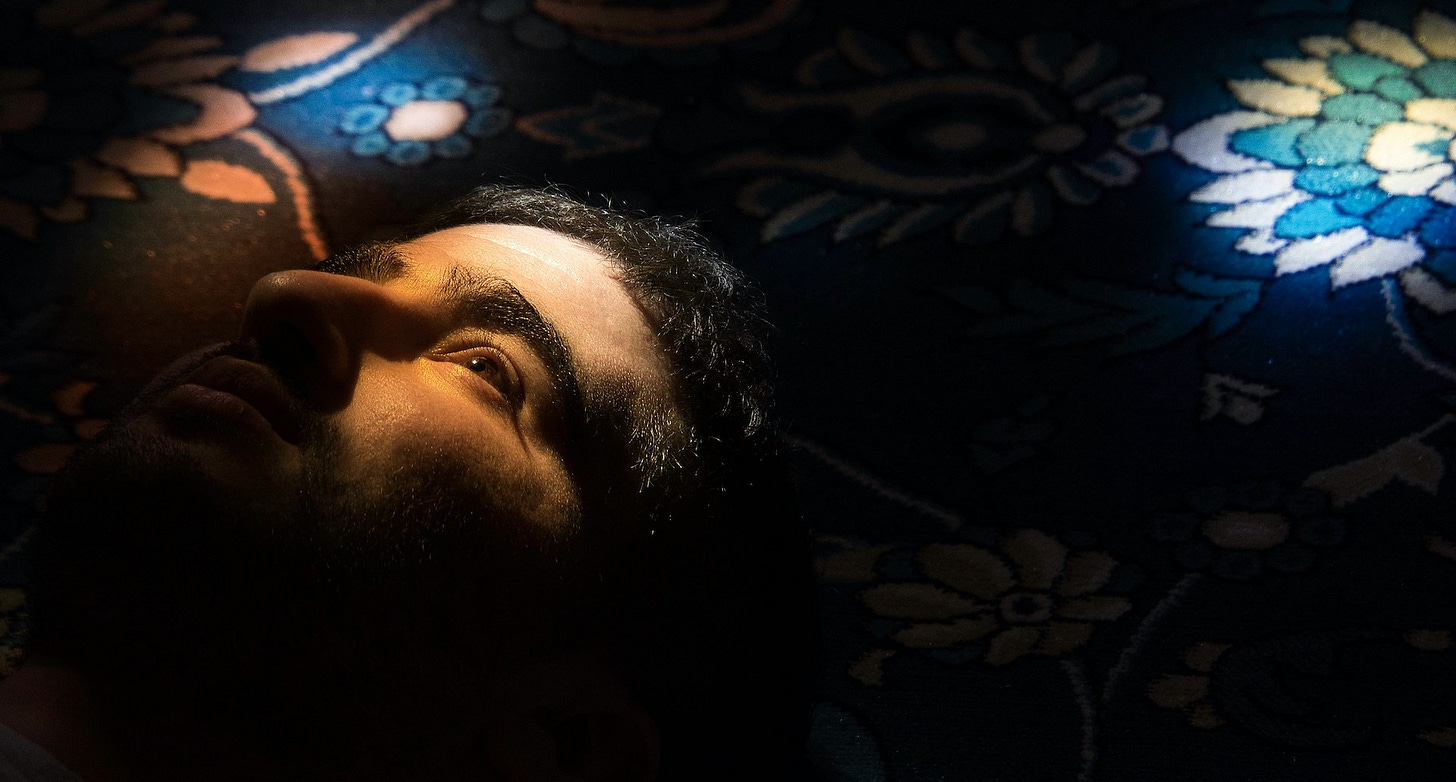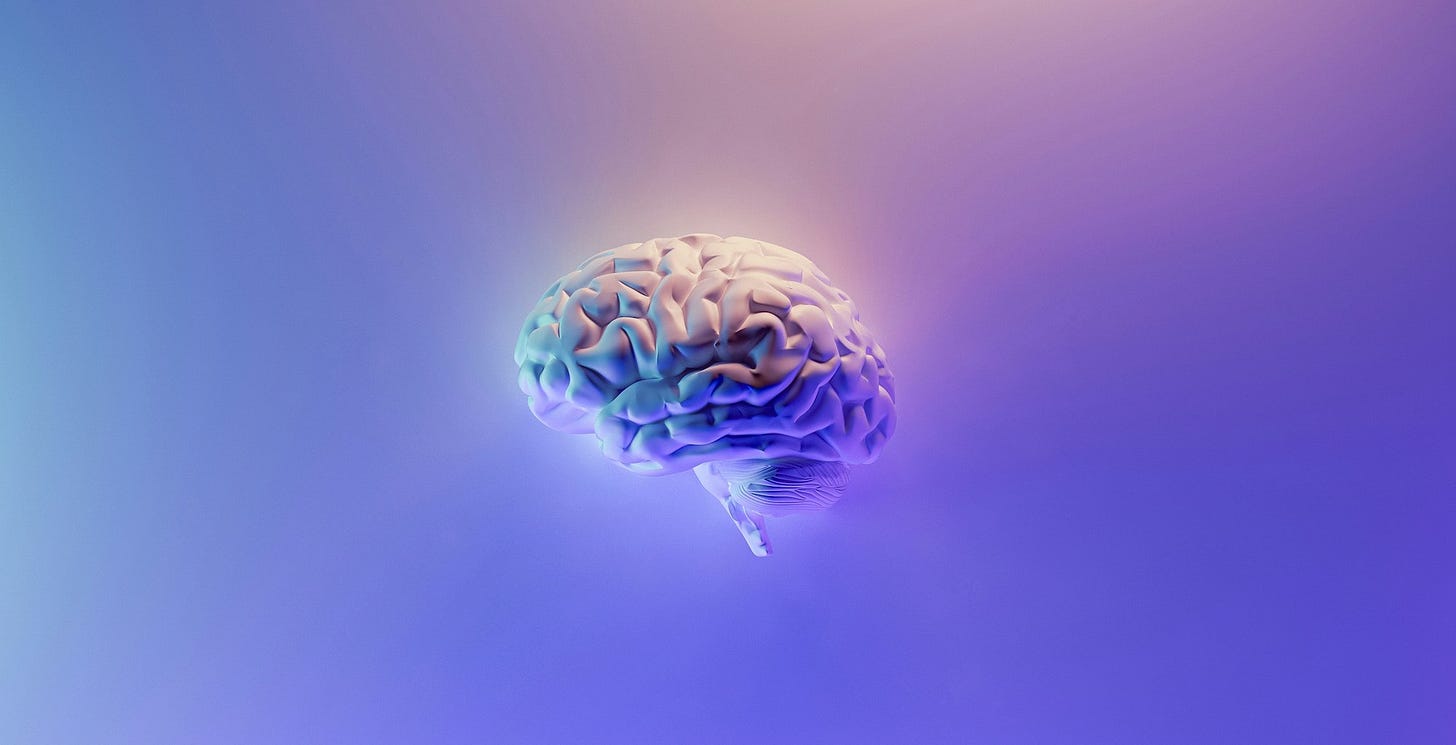An effortless way to improve your memory
Just a few minutes of “wakeful rest” helps the brain to consolidate what it has learnt
Hello!
Welcome back to 60-Second Psychology. This week, I’d like to talk about an easy way to boost your memory for new information. It’s called “wakeful rest” and it’s exactly what it sounds like: spending a few moments of downtime without distraction after an activity; nothing more involved or complicated.
The technique relies on the fact that, after being exposed to new information, our brains must consolidate the memory for long-term storage. This primarily occurs during sleep, with heightened communication between the hippocampus and the cortex – a process that ultimately strengthens the neural connections that are necessary for storage and later retrieval.
It is now becoming apparent, however, that memory consolidation can also happen when we are awake, but other activities interfere with the process. And if we remove that interference for just a few minutes, the memory traces will be much stronger.

Michaela Dewar at Heriot-Watt University in Edinburgh has led some of the most striking studies. To give just a couple of examples:
In 2014, 70 people were presented with 15 words in quick succession, and then asked to remember as many as possible in an immediate recall test. Afterwards, they were either given 10 minutes to rest in a dimly lit room or asked to play a “spot-the-difference” game, an undemanding but distracting task. When tested again, the participants who had rested remembered much more of the list than those who had been distracted. Crucially, those differences became even more pronounced a week later, with a 50 per cent memory boost.
A couple of years later, Dewar and her colleagues asked 40 participants to drive through a virtual town, peppered with landmarks. Their task was to learn a specific route through the streets. After plenty of time to familiarise themselves with the cityscape, the participants were once again asked to stay silent without any external stimulation, or to take a distracting task. When tested on their knowledge of the town’s map, those who had rested in the darkened room made about 30 per cent fewer errors.
Such results have been repeated many times in various contexts. Wakeful rest can help schoolchildren to learn their lessons, for instance, and mitigates some of the forgetfulness that comes with ageing. It can even improve the recall of people with amnesia and stroke survivors.
Highly sensitive persons
Your personality may influence the size of the memory boost you receive from your downtime. So-called highly sensitive persons (or HSPs) are especially sensitive to external stimuli. This means that their memories suffer the most from distracting activities, and they benefit the most from taking some time out. (You can take a test here to see if this applies to you.)
It's worth noting that the participants in these studies were not given any stimulation during their rest time; they could not check emails or scroll social media, for example. To glean the greatest benefits, you should disconnect completely.

Some work news: I’ve got a new piece in New Scientist about “mass psychogenic illnesses” and the ways that social media posts can spread symptoms through a phenomenon known as the nocebo effect.
Here’s one of my favourite studies in this area:
Around 10 years ago, Fabrizio Benedetti at the University of Turin in Italy invited 121 students to visit a lab at an alpine research facility 3500 metres above sea level. Beforehand, he told just one participant – the “trigger” – that the lower air pressure at that altitude could cause a headache. The trigger was advised to contact the researchers a few days later to confirm the correct dose of aspirin to bring. This instruction was a ruse that allowed Benedetti to identify who else the trigger told about the message.
The trigger soon passed on the advice to their friends, who spread it to their acquaintances, leading 35 other participants to get in touch with the researchers in the run-up to the trip. An altitude headache is a very real risk, but these negative expectations vastly increased the participants’ chances of developing one on their journey up the mountain. Of those had who learned about the warning, around 86 per cent developed the symptoms compared with 52 per cent of those who had not.
And here’s a quote from one of the researchers, Kate Faasse at the University of New South Wales in Sydney, Australia, who has studied the possibility of transmission online:
One of my biggest worries is how easy it is for a short video or a few written comments to generate a nocebo effect, because in the real online world of social media, it’s not just one short video or a few comments,” says Faasse. “If you’re looking for this sort of information, you will find lots of it, and once you’ve engaged with this content, the social media algorithms will show you more and more each time you open the app.”
Finally, I’d like to say a huge thanks to all my followers, old and new. If you haven’t yet pushed the subscribe button above, please do consider signing up for more evidence-based strategies to use your brain better, and don’t forget to share this newsletter with anyone who might be interested.
David x



